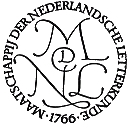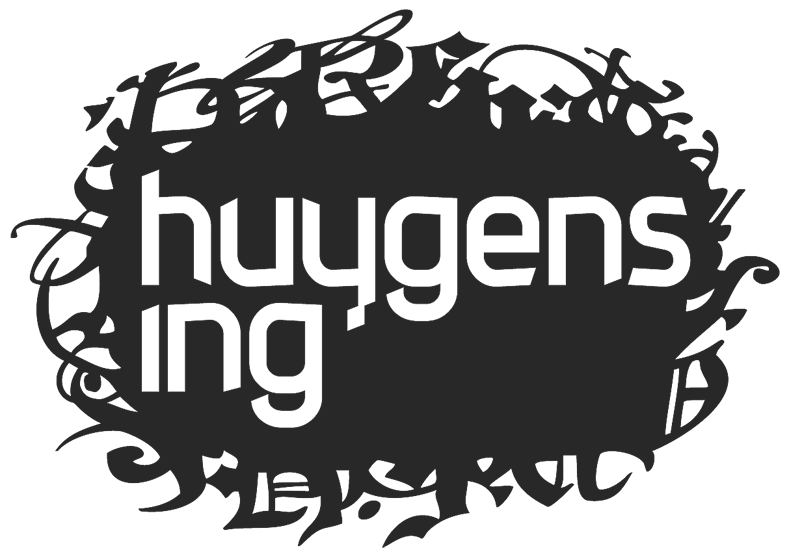Great Men. Political Leadership in Literature
Samenvatting
This article addresses the question of how European leaders are portrayed in two novels published shortly after World War II. In 1949, Hella S. Haasse publishes her first historical novel, Het woud der verwachting. In this voluminous work, she gives a complete description of the medieval court of France in the fourteenth century. The hero of the novel is Charles d’Orléans, predestined to become the protectionist ruler of France, but feeling dubious about knighthood and fighting wars. In 1951, Marguerite Yourcenar publishes Mémoires d’Hadrien, a novel in letters presented as written by the sixty year old Roman emperor Hadrian, who lived in the second century AD. In his letters he describes his physical state and justifies political decisions taken during the years of his reign.
What both authors have in common is their fascination for history, and the times of transition. They also share an interest in psychology and intellectualism, and are aware of what might be called the ‘synchronism of times’. In this article I focus on a number of sub questions that open up an interdisciplinary perspective on literature: What is leadership? Is there a gender perspective on leadership in both these works? And can we read the novels as being representative of twentieth-century opinions on leadership?
What both authors have in common is their fascination for history, and the times of transition. They also share an interest in psychology and intellectualism, and are aware of what might be called the ‘synchronism of times’. In this article I focus on a number of sub questions that open up an interdisciplinary perspective on literature: What is leadership? Is there a gender perspective on leadership in both these works? And can we read the novels as being representative of twentieth-century opinions on leadership?
Terugverwijzingen
- Er zijn momenteel geen terugverwijzingen.



